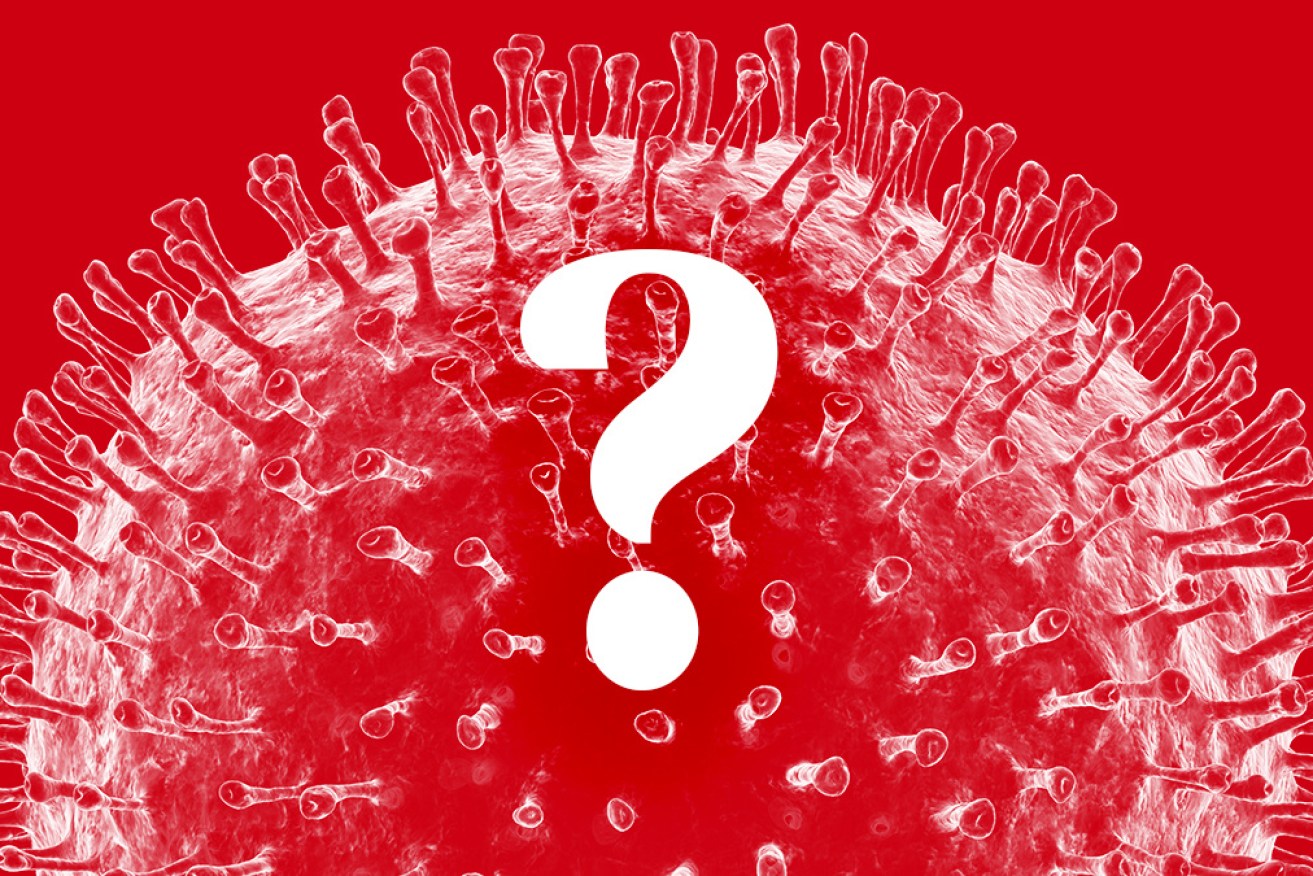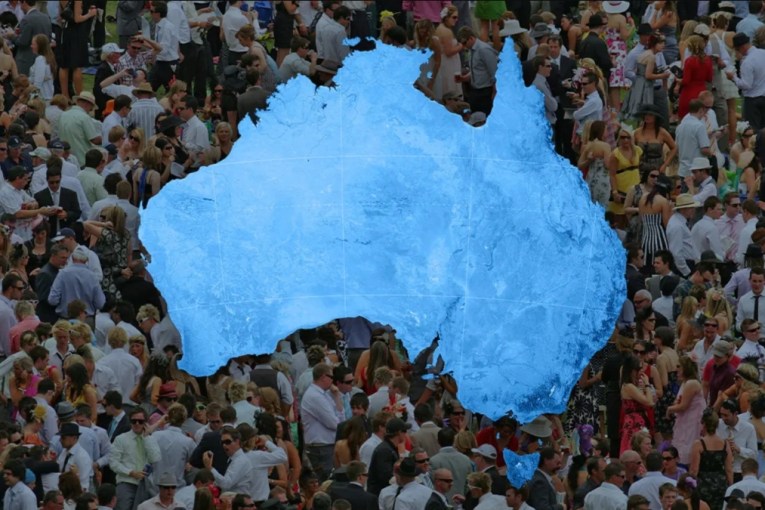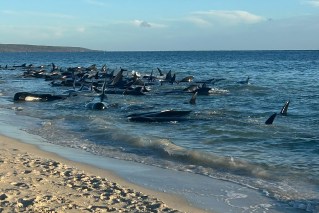Readers sent 1000 coronavirus questions. An expert replied, explaining how the virus works


Your questions about COVID-19 answered. Photo: TND
Coronavirus is spreading – and so, too, the confusion.
So The New Daily is running a series based on audience questions – to find the answers to everything you don’t know and everything you need to.
On Thursday, we looked at travel and socialising.
This is a rapidly changing situation and answers are current as of time of publishing on Friday morning.
Associate professor Ian Mackay from the University of Queensland, who worked on diagnostics for the COVID-19 coronavirus, is answering your questions about how the virus works.
Over to him.
If I become infected with this virus, can I be infected a second time? If so, how quickly could this happen?
The latest research shows that after we’ve been infected, we develop immunity to SARS-CoV-2, just as we do for other viruses.
We don’t know how long that will last, but we expect it to be for years as it is usual.
Immunity means that even if we are immune and do get reinfected by that same virus, we aren’t likely to develop the same level of disease.
How does a person who is asymptomatic pass on the virus to others?
We don’t exactly know but probably by droplets during spitting while we talk. Some viruses can be carried in exhaled breath; we just don’t yet know if that’s possible with SARS-CoV-2.
Is it airborne?
We recently learned that SARS-CoV-2 could remain infectious in lab-generated aerosols for at least three hours, slowly decaying over time.
That means the possibility exists for infection via an airborne route, but we are still missing some useful and essential bits of information.
How much infectious virus comes from an infected human (not a lab)? When, if at all, is an infected person most likely to spread virus this way?
If we can be infected this way, how long would a susceptible person have to be breathing in an infectious aerosol to get a big enough dose for infection to result?
It makes sense that if this happens at all, it’s more likely to be from a person with symptoms.
I’ve heard two separate things about COVID-19. It thrives in cold, then it thrives on heat. Which is it?
COVID-19 is the disease. SARS-CoV-2 is the name of the virus which causes the signs and symptoms we lump together under the name COVID-19.
Nothing suggests that the spread of SARS-CoV-2 is affected by temperature changes.
We know that at room temperature (21C to 23C and 40 per cent relative humidity), out of the sun on hard, shiny surfaces, the virus can remain infectious for 48-72 hours.
If we lived and spent lots of time outdoors, it might make sense that we would transmit less virus.
The reality is that we often live and gather indoors, often in climate-controlled spaces with lots of shiny and shared surfaces, regardless of where we are in the world.
We have also seen in past influenza pandemics that if a virus looks different enough to our immune system, it can overcome the usual seasonal constraints and transmit well among a population with no immunity during any season.
For how long can the virus live on dry and wet surfaces?
We don’t know for this virus in particular, but other coronaviruses can remain infectious in wastewater and tap water for days to weeks depending on temperature and content.
However, the virus should be inactivated by normal water treatment processes before it comes out of the tap.
If a person does not have virus symptoms, does the test show if they are a carrier?
Yes. A swab can still be used to detect the presence of virus genetic material, before the person shows any symptoms of COVID-19, or even if they don’t show symptoms.
Infectious SARS-CoV-2 (“live virus”) has also been isolated in rare instances from such cases.
Can the virus spread on clothing?
We don’t know for sure, but we do know that other respiratory viruses don’t seem to remain infectious for as long on cloth as they do on hard, shiny surfaces.
The risk of infection would be higher if someone coughed up a glob of mucous onto someone else’s clothing.
How do we catch it from other people, is it through sneezing or coughing? Can kissing spread it?
We don’t know for sure.
We think the most likely routes are close contact with infectious fluids; touching our respiratory mucous membranes (mouth, eye, nose) after touching droplet – or fluid-contaminated surfaces; perhaps after inhaling short-range aerosols of suitable dose produced by coughing, sneezing or spitting.
Is there a strong strain and a weak strain?
There is no evidence of any difference among the viruses in terms of more or less severity of better or worse transmission.
There are some genetic groupings among the variants detected from all over the world – think of this as the subtle differences among human populations in different parts of the world; accents, clothing, home, favourite foods, but we still have arms, we walk and we eat.
At this stage, there is nothing more to these genetic groupings that ongoing but geographically distinct virus evolutionary fine-tuning.
Is there likely to be a ‘second wave’ in around six months like Spanish Flu?
This might happen. As people get infected, they become immune, and this starts to create transmission holes, a bit like firebreaks, in which the virus will be trapped and unable to move on.
If there’s enough immunity, the transmission may stop in places and continue in others.
This is may happen in different ways and to varying extents in different regions of the world.
Because of the nature of the virus and how widespread it is, it’s not likely to completely disappear.
It will keep spreading as other viruses do but perhaps at lower numbers, as immune people increase and susceptible (non-immune) people decrease in number.
But if we can break transmission by increasing the physical distance between each other, we can create more firebreaks and slow the spread.
We are too interconnected to stop the spread permanently.
Does sunlight kill the virus?
Sunlight can degrade any virus.
If you are infected, what is the average recovery time until you’re better and no longer contagious?
Generally, respiratory viruses in those with milder illnesses stop shedding more quickly than those from people who had more severe disease – less than two weeks versus four to five weeks.
It can take days up to six weeks for COVID-19 to run its course.
Virus genetic material (which may or may not represent infectious virus) can be detected up until death in those who don’t survive.
Long-term detection of virus genetic material is mostly from swabs from the respiratory tract and faeces samples.
The infectious period is an area that needs more work.








